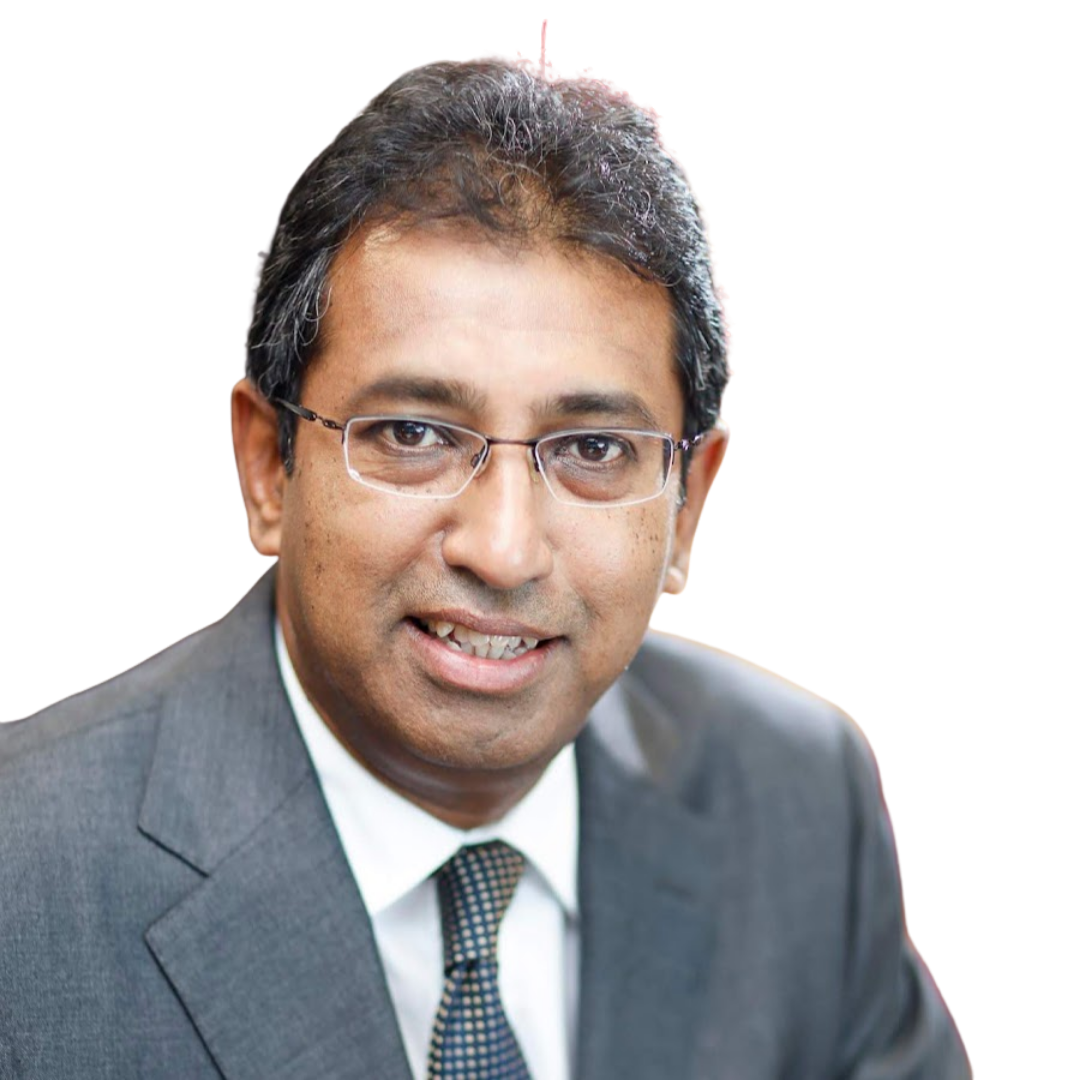Fact Check
In his speech, the MP sets out a standard monetary poverty measure of the World Bank as 25% of the Sri Lankan population; and argues that when multidimensional factors such as education and health are considered, the poverty level is much greater. He cites multidimensional poverty as 56% of the population.
To check this claim, FactCheck.lk consulted the Department of Census and Statistics (DCS) Multidimensional Poverty Index 2019 and the United Nations Development Programme (UNDP) policy report based on the Multidimensional Vulnerability Index (MVI) 2023.
Conceptually, multidimensional poverty differs from official monetary poverty statistics, which focus either on income or the ability to purchase a particular basket of goods. By contrast, multidimensional poverty considers multiple deprivations that people experience simultaneously – such as health status, years of schooling, etc. Earlier this year, a previous fact-check (linked here), assessed as correct, the claims on the level of monetary poverty as measured by the World Bank and cited by the MP.
Official statistics on multidimensional poverty in Sri Lanka have not been calculated since 2019. The previous statistic, derived from the DCS Multidimensional Poverty Index (MPI), estimated that 16% of Sri Lankans were multidimensionally poor in 2019. However, the DCS estimate of the monetary poverty measure was 14.3%, and the World Bank measure, using a different criterion, was 13% in 2019.
In 2023, the UNDP developed Sri Lanka’s first-ever MVI to provide a more comprehensive and nuanced picture of the population’s vulnerabilities. According to the MVI, 55.7% of people in Sri Lanka are multidimensionally vulnerable. It is from this MVI figure that the MP has extrapolated his claim that 56% can be categorised as poor.
The MP’s interpretation of the statistic is incorrect, because despite the similarities between multidimensional ‘poverty’ and ‘vulnerability’, they are designed to capture conceptually different concerns. According to the UNDP, ‘vulnerability is a broader concept than poverty. It considers a person’s exposure to potential risks and shocks, which can lead to adverse outcomes even if they are not currently in poverty.’ This means that even if a person is not categorised as multidimensionally poor according to the MPI, their household could be considered multidimensionally vulnerable for several reasons. For instance, because they experienced a natural disaster in the previous year, or if a household member works as a domestic or unpaid worker.
The MP is correct in what seems to be the broader claim that more people would be classified as poor when accounting for multidimensional factors than would be recognised in monetary poverty measures. But his interpretation of the UNDP’s MVI statistic is incorrect—it cannot be extrapolated that 56% of Sri Lanka’s population is multi-dimensionally ‘poor’. Therefore, we classify the MP’s statement as PARTLY TRUE.
Additional Note: The differences between MPI and MVI statistics are not so simple as to convert or derive one from the other. It might be said that the differences themselves are multidimensional. For instance, they variously have different indicators, different definition of indicators as well as different weighting and cut-offs in the application of indicators, (see Figure 1).
*FactCheck.lk’s verdict is based on the most recent information that is publicly accessible. As with every fact check, if new information becomes available, FactCheck.lk will revisit the assessment.
Figure 1: MVI and National MPI structure

Sources
United Nations Development Programme (2023). Understanding Multidimensional Vulnerabilities: Impact on people of Sri Lanka. Accessed via https://www.undp.org/sites/g/files/zskgke326/files/2023-10/undp_multidimensional_vulnerability_report_sri_lanka.pdf.
UNICEF (2023). Sri Lanka’s Multidimensional Poverty Index 2019 Results: National and Child Analyses. Accessed via https://www.unicef.org/srilanka/media/3706/file/Sri%20Lanka%E2%80%99s%20Multidimensional%20Poverty%20Index%202019%20Results:%20National%20and%20Child%20Analysis.pdf.


